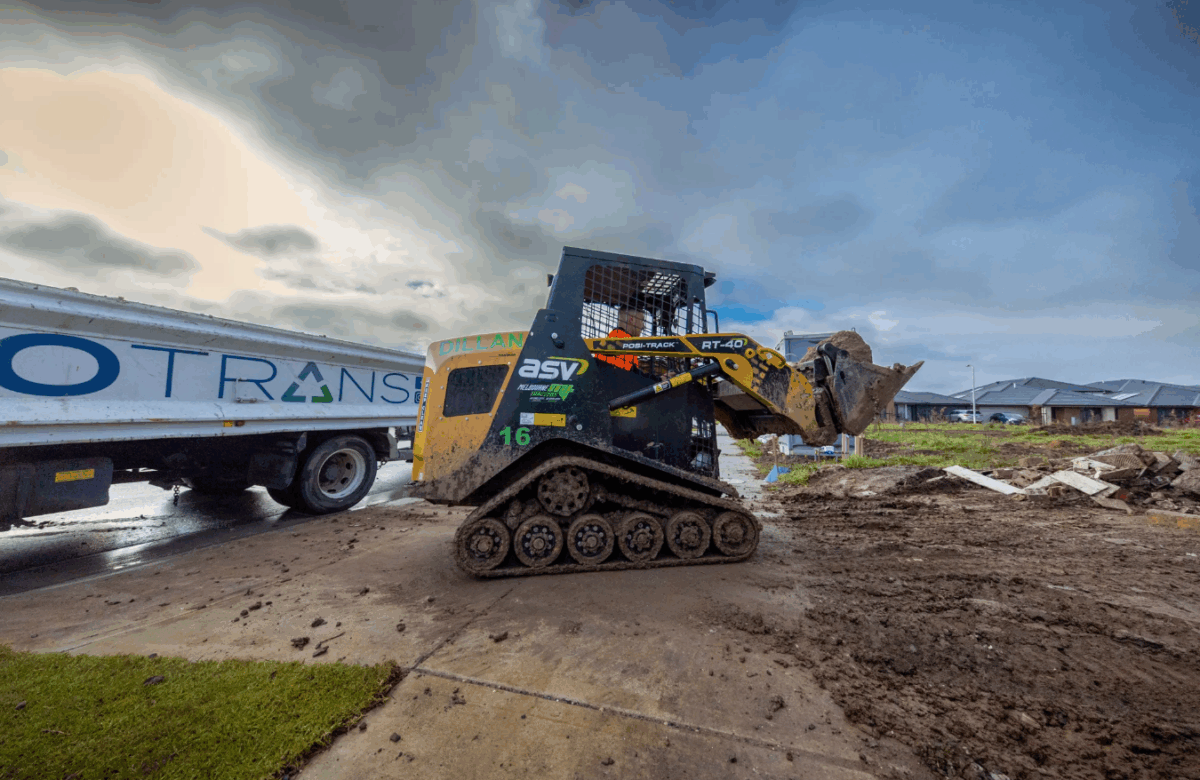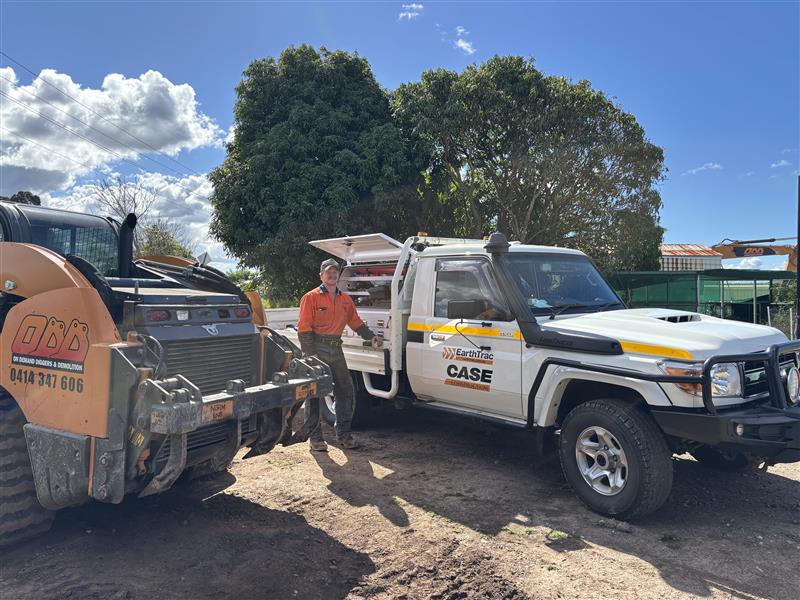- January 14, 2019
- No Comment
11 Tips For Buying A Wheel Loader

Researching wheel loaders for sale? Choosing the right one can be a hard task, but it doesn’t have to be!
Designed to carry out a wide range of tasks, wheel loaders are ideal for those who require a lot from their machine. Wheel loaders can scoop, lift, carry and load material for a variety of applications. It’s this versatility that makes it one of the most popular construction machines on the market.
There are also hundreds of different models that come from different brands, in different sizes, with different specs.
So how do you choose the right wheel loader?
- Consider the size of your project
- Make sure it’s durable
- Don’t forget about counterweight
- Know your bucket needs
- Get the right attachments
- Make sure it’s easy to service and maintain
- Get the right arm configuration for your projects
- Check it’s comfortable for your operator
- Note its breakout force
- Get the right tyres for the job
- Choose a seller that offers great after-sales support
Find wheel loaders for sale here.
1. Start With Size

Before doing any further research, consider the size of your project. Understanding the scope of the job will give you a better idea of what size wheel loader will be best for the long-term, and what you will need it to do. Size is paramount to maximising your ROI, so it’s important to get this right from the get-go.
So what size wheel loader works best?
According to CASE Construction, “The primary factors to consider when purchasing a wheel loader are operating capacity (bucket size, breakout and lift capacity) and footprint. The right size of a wheel loader is often determined by surrounding equipment and operations.”
Ask yourself these questions:
- How much material do you need to move every day?
- Is there another machine the wheel loader will need to keep up with?
- What size/weight of materials will the machine need to lift or place?
When considering the size of your wheel loader, you’ll want to compare 3 main elements:
- Horsepower
- Tipping load (the max load it can handle safely and with stability)
- Bucket size
For the sake of brevity, here’s a quick-view list of wheel loader types based on horsepower:
- 80 HP or less = Compact wheel loaders
- 80 – 150 HP = Small or sub-compact wheel loaders
- 150 – 200 HP = Mid-range wheel loaders
- 200 – 250 HP = Heavy wheel loaders
(Bonus tip: When comparing wheel loader models, compare gross HP, not maximum HP as the latter can be manipulated)
How will you transporting your wheel loader?
You also need to consider how you will get your wheel loader to and from the jobsite. Wheel loader manufacturer JCB weigh in on this point, “If the wheel loader is being moved by road, transport width of the machine and any attachments need to be considered. Choosing an over-width option can create headaches if it’s frequently being used between sites. If you’re doing significant road travel or if the machine is working in different sections of a large site, the powershift transmission may be a better option.”
2. Go For Durability
You’ll want your wheel loader to withstand the tests of time, not just the tests of the job. So make sure you take a look at protective elements such as guard screens, light shields, etc. This is especially important if you’re using your wheel loader for site prep work with dense vegetation.
Make sure more vulnerable components, such as hydraulic hoses, are adequately protected. A durable design will increase your wheel loader’s reliability, which is always a good thing!
3. Weight, Counterweight & Fuel Tanks, Oh My!
“Much of a wheel loader’s ability to lift and move material is determined by its weight.”
— CASE Construction
While the weight of the machine itself will give you a good indication of its power, don’t forget about counterweight. Counterweight helps improve lift capacity, traction and machine stability, according to CASE Construction.
On the other hand, fuel efficiency is just as important. Fuel is one of the greatest expenses an equipment owner has, so be sure your wheel loader is the right size for the job to minimise excessive fuel wastage. Other things that impact fuel efficiency include:
- Idle time
- Improper operator behaviours
- Jobsite travel patterns
4. Know Your Bucket Needs

Wheel loaders are highly versatile thanks to the sheer amount of different attachments available, but there’s no denying the bucket tops the list.
Having the right bucket for your loader is essential. To figure out what bucket you need, come up with a daily production figure and also consider the density of the materials you will be handling. For those more versatile jobs, base the bucket specs on the heaviest material your wheel loader will handle.
There’s a bucket size to match every size wheel loader, including:
- Compact buckets (1001 -1500 mm)
- Small buckets (1501 – 2000 mm)
- Medium buckets (2001 – 3000 mm)
- Large buckets (3001 – 4000 mm)
5. Get The Right Attachments (And Couple Up)
Loader-specific attachments don’t come cheap, but they are worth it if the job demands versatility. Some common wheel loader attachments (excluding buckets) include:
- Blades
- Forks
- Grapples
- Rippers
- Hedge Trimmers
“The ability to quickly switch between a wide variety of attachments expands the capabilities of the machine,” says CASE Construction. So if you’re looking at long-term ownership, it will be worth investing in a quick coupler or quick-hitch to make switching up your attachments fast and effective.
6. Is It Easily Serviced?

Another point to consider is the loader’s serviceability. Look for machines with easy access to maintenance points such as hydraulic hoses and the engine. You’ll also want quality components and extended service intervals. The less time it takes to service, the more time your wheel loader will be onsite working hard.
7. Understand Arm Configurations
There are 3 types of arm configurations / linkage for most wheel loaders. These include:
- Z-bar (most common)
- XR (extended reach)
- XT (tool carrier)
It’s important to understand these linkages because each has one has been configured for a specific purpose. For instance, the XR is popular in farming / ag applications, while XT arms are good for material handling. So if your machine will be used to lift materials using forks 75% of the time, then the XT configuration may be more suitable. Whereas if you won’t be doing much material handling (less than 25% of the time), Z-bar may be the way to go.
8. More Comfort = More Productivity

It goes without saying that comfort, while not always a top priority, should be a priority on your list. Whether you’re operating it or you have a contractor, comfort can go a long way to maximising productivity onsite.
If you can, hop into the operator’s seat of the wheel loader and test the following:
- Smooth ride (for obvious reasons)
- Air conditioning / heating
- Less cab noise (makes for a better and safer working environment)
- Suspension seats (makes the work easier on the back)
- Joystick controls (check if the controls are intuitive and easy to use)
9. Note Its Breakout Force
The breakout force of a wheel loader is arguably one of the most important specs. Breakout force is defined by ISO as the “maximum sustained upward vertical force, in newtons, generated at a point 100 mm behind the leading edge of the bucket of a loader…”
Thanks to this, the breakout force has a direct impact on productivity, which is measured in machine power and lift capacity. So be sure to take note of the breakout force, which should be found in any product brochure specs.
10. Wheel Loader Tyres

Generally for medium-large wheel loaders, the tyres will do the trick fine. However for compact and small wheel loaders, you may be able to get more from your machine if it is fitted with the right rubber. Other things to consider when it comes to tyres is the machine’s weight (for the right size tyre) and the loader’s speed.
There are 4 main types of tyres when it comes to wheel loaders:
- Bias tyres – Good for working on gravel, pit and quarry applications
- Radial tyres – Better control at high speeds, provides good traction and floatation
- Solid tyres – Good for scrapyard and industrial applications
- Flotation tyres – Wider than the others and ideal for soft/muddy ground conditions
So depending on your projects, you’ll want to check the tyres on the wheel loader for sale. Worst case, you can always purchase new tyres.
11. After-Sales Support
And finally, as with any machine purchase, you want to make sure you have the right support for the life of your machine. Get peace of mind by choosing a wheel loader from a well-known manufacturer and you should enjoy a solid, durable and hard-working machine.
Have we missed anything in this list? Let us know in the comments below. Take a look a wheel loaders for sale.




